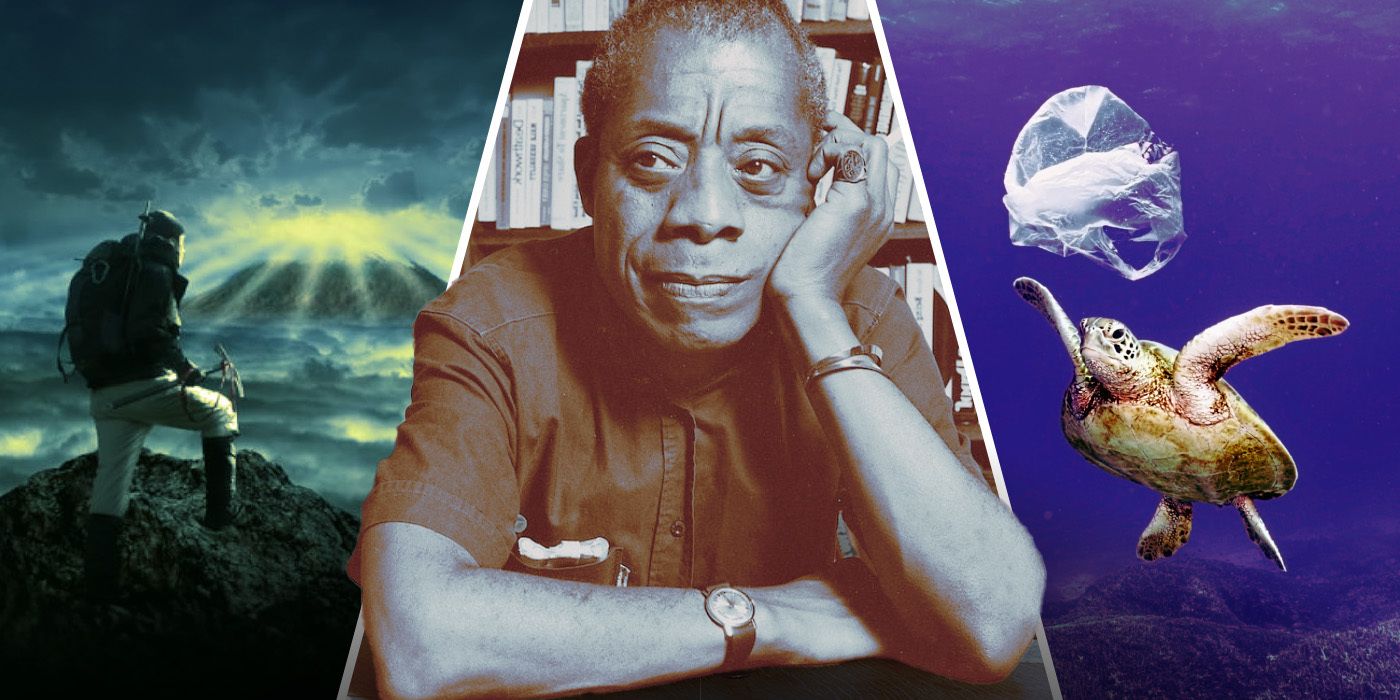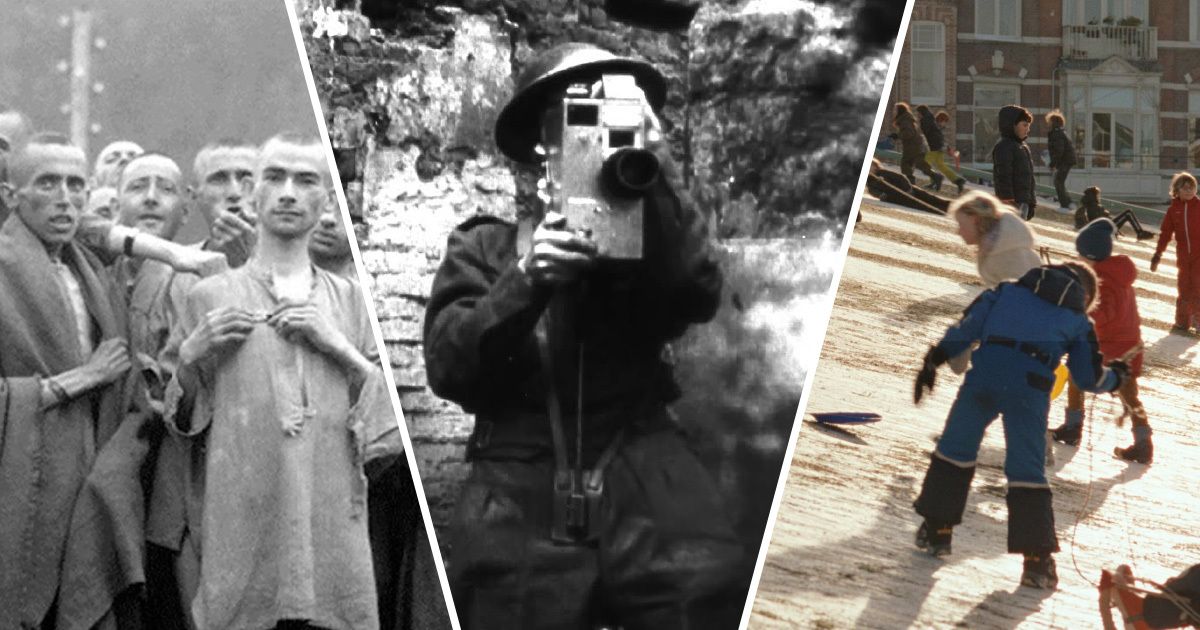summary
- The documentary highlights Ukrainian artists who have remained resilient in the face of Russian invasion through their art and culture.
- Some interesting interviews reveal Russia's attempt to erase Ukrainian culture.
-
wall base
This film invites viewers to rethink the role of art during conflict, emphasizing the importance of preserving culture.
Recorded from April to November 2022, wall base The documentary documents the experiences of artists who have remained in Ukraine despite the Russian invasion. From musicians to filmmakers and street artists, the people featured in the documentary primarily express feelings of defiance. Sure, there’s anger, sadness and more, but mostly, they just want to get on with their lives and work. Defying the expectations placed on a documentary about war, wall base The film is more about art than the ongoing conquest. It adopts the mentality of its subjects, and moves forward with determination and resolve.
The title refers to the safety practice of sheltering in corridors so that there are two walls between you and any potential explosions because many people have given up on going to official shelters. It is a way of balancing safety with maintaining a level of normalcy, allowing you to stay in your home as the people featured in this documentary did. For many viewers, it may seem counterintuitive not to do everything possible to stay safe, which for many of them means fleeing the country. However, over the course of wall base“In a short runtime, these decisions begin to make sense.
The importance of discomfort
wall base
Rule of Two Walls is an intimate look at the war in Ukraine, as seen through the eyes of Ukrainian artists who have remained in their country to make art as an act of defiance in the face of aggression. Using live music performance, painting, street art, and the act of filmmaking itself, the film illuminates the psychological front lines of war: how to go to a restaurant or bar amidst the din of air raid alerts and missile strikes; how to process, react, and resist, while still navigating the rhythms of daily life. By blurring the lines between what is seen in front of and behind the camera, the film explores what it means to make cinema in wartime.
- release date
- August 16, 2024
- exit
- David Gutnick
- Runtime
- 1h 17m
- The book
- David Gutnick
- Translation
- In English, Russian and Ukrainian with English subtitles.
- The film captures painful but necessary images of war and effectively conveys the importance of art in the face of occupation.
- The directing is clever but it's the fascinating and well-spoken subjects that really elevate the documentary.
- Parts of the movie seem unnecessary, even though it is actually very short.
At first, it’s hard not to feel deeply uncomfortable watching this documentary. The transitions between an art installation where attendees talk and drink wine and shots of burning corpses create a tense and uncertain mood. If this is what’s happening in such close proximity, how can anyone prioritize art? Are we supposed to celebrate this or condemn it as insensitive? But there are no immediate answers.
One interesting aspect of wall base“The approach is that we often don’t get information about what we see. The narrative and dialogue comes in the form of people telling their stories and discussing the role art plays in their lives – especially in relation to war. This means that the horrific images of dead bodies and destroyed homes are often without context. Again, this creates discomfort because so much more attention and discussion is given to art than to the more immediate aspects of war.
It’s easy to turn this critical eye toward ourselves and our own habits. Looking to art for comfort, distraction, or even explanation in the face of horror is nothing new, but it may not always be the right answer. The first chapter of this documentary offers an ambiguous view of the role of art in conflict. On the one hand, this raises interesting questions and invites self-reflection, but on the other hand, it may not serve the documentary’s purpose effectively. Perhaps the slight diversion and switch was intentional, but if it wasn’t, we were going down a bit of the wrong path to begin with.
Featured Interview Explains Russian Invasion
But about halfway through the film, the documentary’s thesis begins to take on a clearer shape thanks to a particularly engaging interview. An artist who chose to remain anonymous spoke to the filmmakers about art, religion, and culture in a fascinating and lucid way. She makes the connection between Putin’s attack on Ukraine and culture wonderfully clear: “When Putin says we don’t have a culture, he means we don’t have a nation,” because “culture is the action and product of a people.” She further states:
“No war can deprive us of our cultural heritage and traditions. Many people resort to traditions even if they rejected them before… rituals [making Easter decorations] “It's more connected to Ukrainian culture than religion in my mind.”
Through her words, it suddenly becomes clear that Russia’s invasion of Ukraine is not just about land, but an attempt to erase Ukrainian culture, and that for artists to continue creating under these conditions is a fundamental form of rebellion. As such, wall base It is less than a documentary about War And more about the act of creating art, and thus culture. While bombs may destroy infrastructure and housing, artists rebuild the nation in a different way.

Related to
Top 20 Documentaries Narrated by A-Listers
Documentaries can be a powerful vehicle for change when celebrities are involved. Here are 20 documentaries narrated by A-list actors.
Putin proves himself wrong
Later, we spend some time with a woman who is restoring the interior of a building that had been chalked over with all the decorations and ornaments during the Soviet occupation. This is another particularly illuminating part because it creates a line of communication across the history of Ukraine’s occupation and the erasure of its culture, past and present. Russia’s territorial expansion has always entailed the destruction of another culture, whether Putin acknowledges its existence or not. (See also: Israel’s expansion.)
Additional scenes show an art museum with bare walls and large groups of people covering monuments with sandbags to protect them from potential explosions. Although these are precautionary measures, they still illustrate the impact of war on art and culture. These moments help put into context earlier scenes that celebrated exhibitions that seemed almost unpalatable in the face of so many deaths. These were not just social gatherings, but fundamental acts of resistance against attempts to eradicate their culture.

Related to
10 War Documentaries That Will Make You Cry
War can be one of the most painful aspects of human life. Here are 10 documentaries that will make you cry.
finally, wall base Putin’s words are a self-fulfilling prophecy. How can he declare Ukrainian culture nonexistent when he actively targets it? Similarly, simply making a documentary elevates Ukraine’s artists, and it would have done so even if it weren’t about them. It’s a powerful and important piece of work even if most of its message is conveyed in a few short clips, and the rest doesn’t add much. When the task here is to preserve and elevate the artists of a country under attack, it’s hard to argue that anyone should be excluded.
wall base The film will premiere in New York at DCTV’s Firehouse Cinema on August 16, followed by a wider release. It will be available on digital platforms in November.



